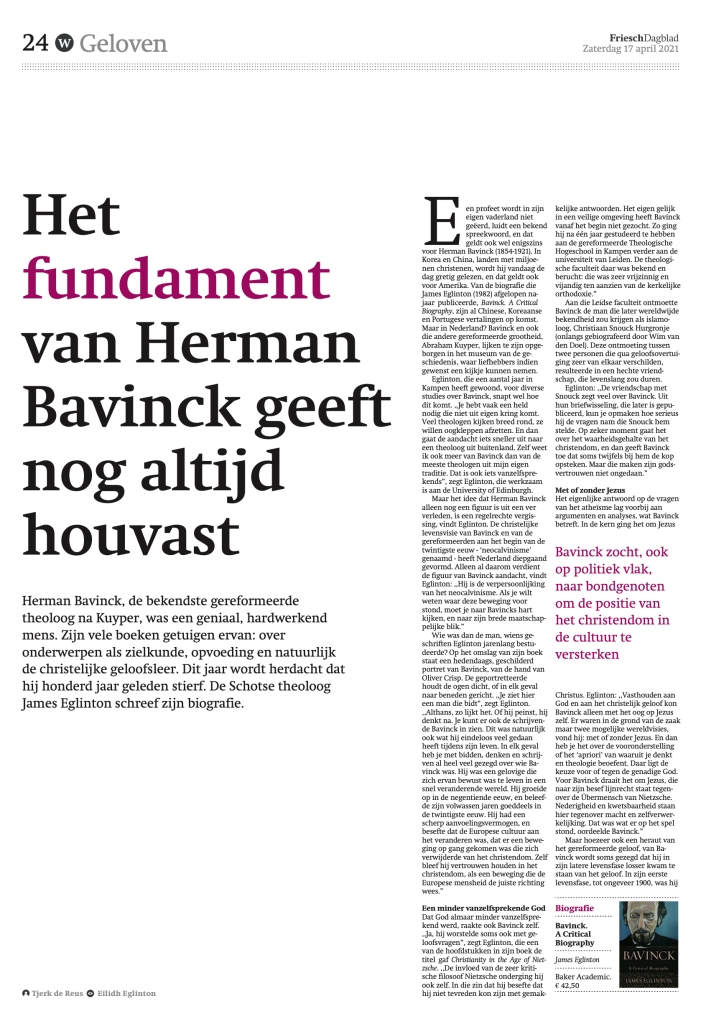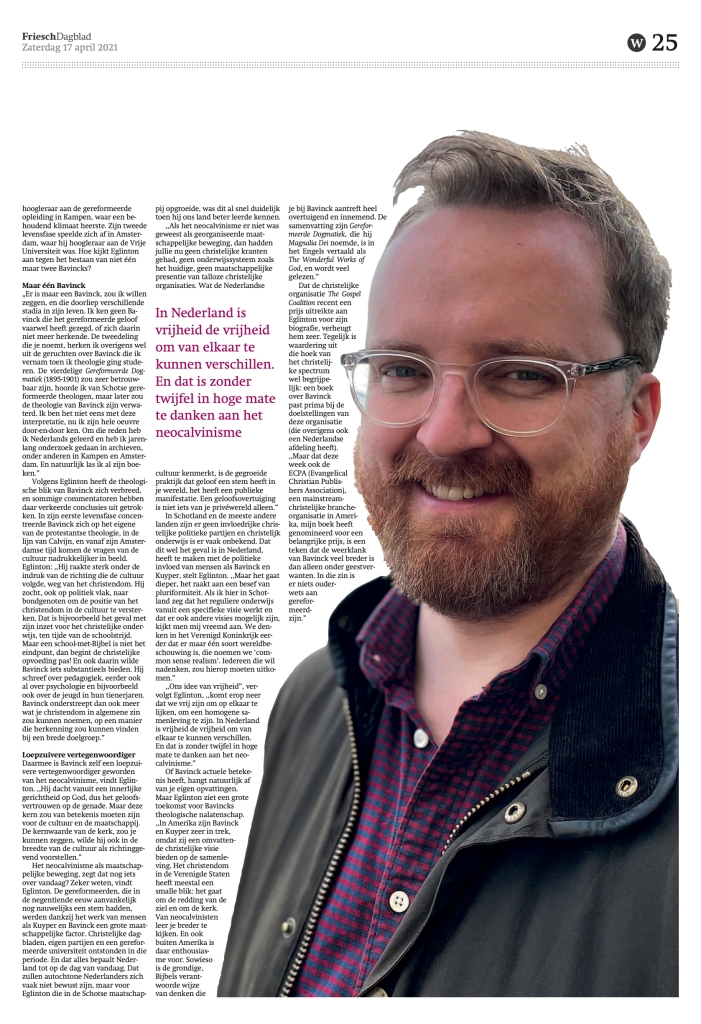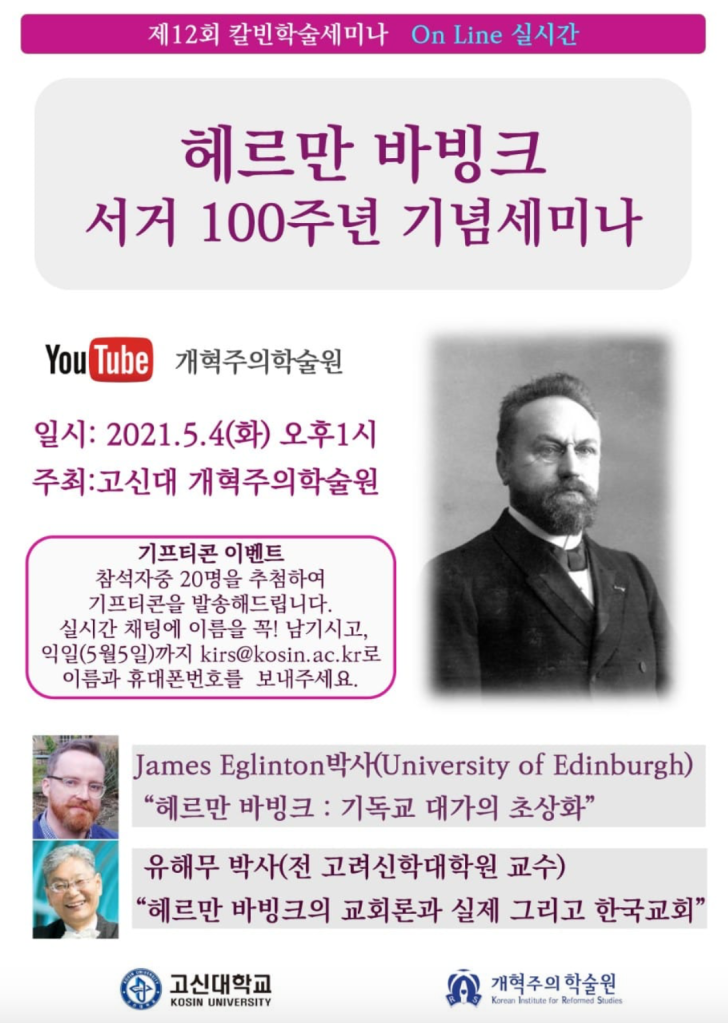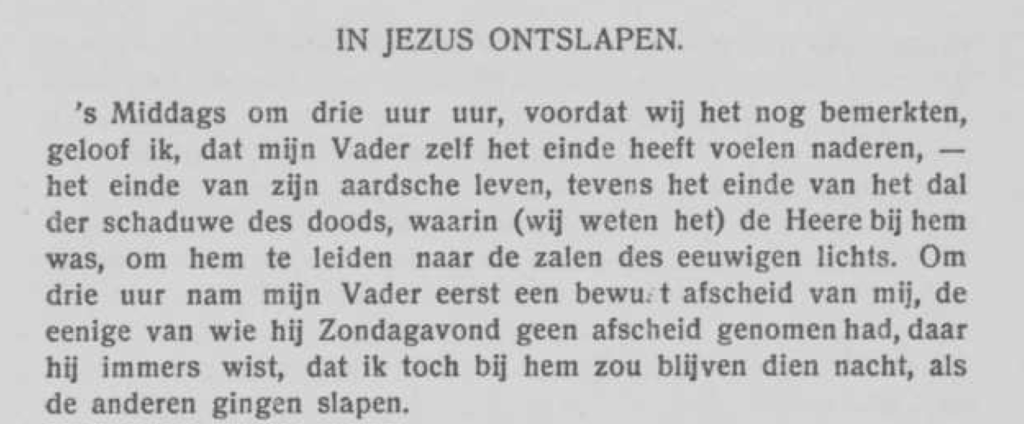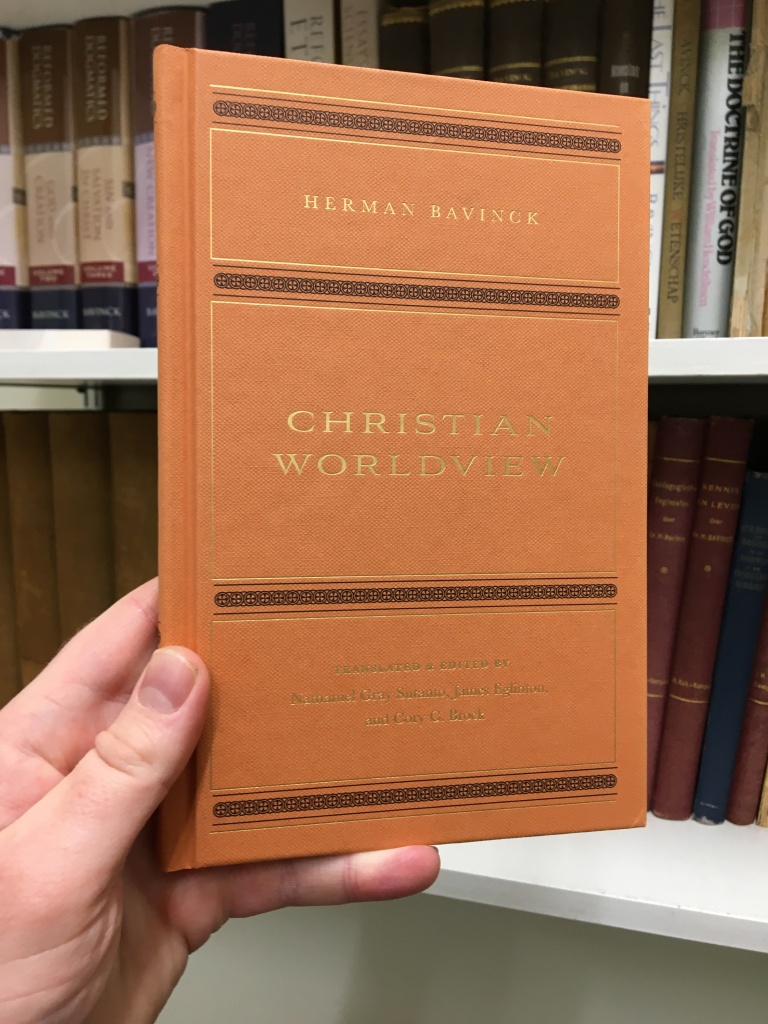“Your test scores are very impressive. We can see that you are a careful student of the greats. Our examiners found your creative writing sample most compelling – lifelike, engaging, almost like a surgeon taking a scalpel to the human soul, knowing just how to expose and touch the right nerve. Clearly, you pay much attention to the very best writers of our age.”
The words made her heart beat fast, loudly, until it was pounding in her ears.
“In your first piece, the way you develop the character Happy Ngoma almost perfectly captures the struggle of her life, her curiosity about the West—a world she struggles to imagine from the aid workers and missionaries she meets in rural Zambia—is excellent. Our literary analyst often saw the mixture of wonder and fear in her eyes at these visitors to her world, and was deeply impressed. We know of your own travels there, and see the extent of your attempt to see through the eyes of its locals. Beyond this, the submission belies your attentiveness to the work of Tokiyaro, our greatest novelist with regard to the formation of such believable human characters. Your writing lacks a degree of Tokiyaro’s profound grasp of human psychology, the depth of his feeling, his compassion for every strand of the lives he brings into being, of course, but we nonetheless view your piece as a fitting tribute to his magnitude. You should be very pleased with what you have achieved in that way.”
Her parents—proud of their Cambridge student daughter, but lost at her choice to study creative writing there—shared an unspoken look. Visitors were not allowed to speak at this public exit exam, but if they could, her father’s look (and shaking head) would have said, “all that work just to shine Tokiwhatshisname’s boots, all to study a club you can’t join…”
The examiner went on.
“In your second piece, the future dystopian society you created, Syntargia, is quite outstanding for a writer of your sort. The prose is so unencumbered, the world so unlike and yet so like your own. Our critics praised the many layers of current day socioeconomic critique. It is blatantly political, and yet the light touch of your critique means your own world of political thought is studiously unpronounced. That is quite a feat. In our comparison to writers of the past, we think you have achieved something remarkable. We are confident that you have improved upon Orwell and Huxley. In comparison to the finest dystopian writers of our age, the greats Kropaton and Melar, however, it does not exceed their achievements. But this is no source of shame to you. Your achievement is not insignificant. Their vision exceeds yours. Nonetheless, your piece is one of the finest we have seen from our students.”
Her mother tried to make notes of the comments.
“And your third piece, a novella set in early medieval Northumberland, merits summa cum laude—with highest distinction. Evidently, your attention to the style and historical understanding of the great Pretov, the very finest novelist of medieval Britain, is quite remarkable. In your work, we see more than striking glimpses of his. Indeed, we see a disciple of the master. You have learned a great deal from him. Our analysts were very aware of this when studying this story in comparison to your admission piece—you no doubt remember that submission, a short story about the reluctant ordination of a nun in fourteenth century Ghent. Now, your historical fiction has taken on greater texture, a deeper hue, more power and subtlety. Pretov has taught you a much, and pushed you perhaps to the limits of your abilities, which lie very far beyond many of your peers. We remind you, though, of words that would be quite familiar to the nun in your earlier story: ‘a disciple is not greater than his master,’ an enduring pronouncement by a great figure in the ancient world. But this is not said as a negative. Rather, it is a positive. You have been tested against the finest historical novelist of all time, and while your work cannot exceed Pretov’s, you have brought no shame on your own reputation or kind.”
“Kind of him to say so,” her mother whispered sarcastically. “Our kind my foot. Why does she care so much about what they think anyway?” her father replied. A proctor appeared behind them and told them quietly that they should be silent.
“With the award of this PhD in creative writing, the Senatus Universitatis Cantabrigensis Academicus recognises that you are a person of considerable and proven skill in the creation of prose across a range of genres and over an impressively wide range of topics and periods. You have excelled as a student of the new canon of greats, and are a credit to their excellence. This is clear from all they have taught you. With this, we issue formal public confirmation that we have read your creative writings, and now issue formal public notice that your creative writing pieces will be permanently deleted, having served their purpose in qualifying you as a worthy interpreter of the new literary canon.”
“I wish we got to read them,” her mother whispered. This time, the proctor tapped her shoulder.
—
“What I don’t understand, Carol, is why you’re so happy to write for a system that won’t keep your work or let other people read it. What’s the good in a PhD in creative writing that means you can’t do any writing of your own?”
“Dad, you don’t get it. I’ve been working the company of greats for the last three years. I’ve watched them up close, studying the moves they make, the way they join so many dots at once, how they’ve managed to surpass every other writer. I mean, if you had the chance to watch the best in the world at what you do, even if you knew that you’d never be better than them, wouldn’t you be drawn to them? Wouldn’t you want to take the chance to learn up close?”
“But learn for what? Nobody’s going to publish any of your stuff, even though you’ve got your degree.”
“But I don’t want to publish. That’s the point. The world doesn’t need my story about Happy Ngoma when it has Tokiyaro’s characters. Have you guys really read Tokirayo?”
“The novel he wrote about the Mayan girl destined for sacrifice was amazing,” her boyfriend chipped in. “Probably the best book I’ve ever read, if we’re talking about characters you just can’t forget.”
“Exactly, and that’s why the world doesn’t need my novels. But what I’ve been able to do is different to just enjoying Tokiyaro’s books like everyone else does. I mean, I got to spend six months with the best computer scientists in the world studying the code they used to create Tokiyaro. When I finally sort of understood the code, it was like looking into an ocean of humanity every day. It was bottomless, limitless. Not everyone gets to see that! I mean, I have friends in the school of history doing PhDs on Pretov’s work! His books have changed the world. Melar’s too.”
“I just wish we could’ve had the chance to read your pieces for ourselves,” her mother said. “It was just… cold… when that robot said they were all about to be deleted because they’d ‘served their purpose’. Didn’t you find that weird? Maybe I’m just old fashioned. I mean, even Cambridge is at it! What do they call your teachers in the papers? Digidons? When I was young Cambridge was the best because it had the best people.”
“No-one here calls them that, mum. But you’ve got to accept that at some things, people aren’t the best anymore. But I’m fine with that. Cambridge is still the best because it has the best AI. Anyway, give me Kropaton and Melar over Orwell and Huxley any day. I’m just honoured to get the kind of praise I did from them. It felt amazing. I felt seen by them.”
“You mean,” her father asked, “they felt seen by you?”
“Dad, come on. They basically see everything about us anyway. That’s why their books are so good. So good!”
